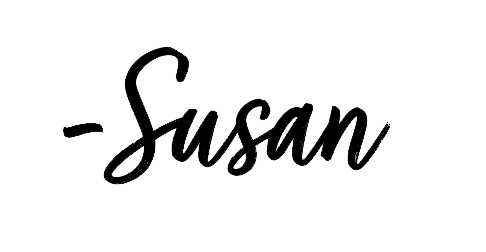
Learning What it is Like to be an Author
I am a cleaning freak (not to be confused with a clean freak). There is something deeply satisfying about scrubbing a toilet until it sparkles or making windows gleam. Maybe that’s why proofreading and editing feel so natural—I get to clean up errors and polish other people’s writing until it shines.

For years, I was always the one behind the scenes, the invisible hand making others look good. But this past year, the tables turned. I became the author, pulling words out of my mind instead of rearranging someone else’s. I traded red pens for a blank page to learn what it is like to be an author.
My author journey started when I signed up to climb Mount Kilimanjaro in Tanzania. I knew this adventure deserved to be documented, both as a personal memento and to share with friends and family. But I had bigger aspirations, too—maybe one day I would self-publish a book.
Of course, recounting an eight-day hike up a mountain doesn’t sound like a riveting read. I needed to transform my journey into a more engaging narrative that would hook readers, even those who couldn’t care less about mountaineering.

Embarking on the journey of writing a memoir or creative nonfiction is akin to scaling a literary mountain, where the landscape of one’s mind becomes the terrain to navigate. Just as each step up Kilimanjaro presents a challenge to conquer, crafting a compelling narrative from personal experiences demands determination and perseverance.
According to Reedsy, most writers take six months to a year to finish writing their first drafts. I trained for Kilimanjaro for ten months, so that sounds familiar. Over 80% of people want to write a book, but merely 3% of those who embark on the writing adventure reach the summit of a finished draft. Indeed, the path of writing mirrors the challenges of scaling a mountain – neither a cake walk.
The transition from being the invisible hand behind the scenes to becoming the author is a transformative process, where words are drawn from within rather than rearranged from others.
What is narrative nonfiction?
Narrative nonfiction, the art of turning true stories into special and memorable reads, has gained popularity, resonating with readers hungry for tales that both educate and entertain. Maybe it’s the popularity of true-crime stories on Netflix, but readers are hungry for true stories that educate and entertain at the same time.
You won’t find a “narrative nonfiction” (AKA: creative nonfiction) section at your local bookstore (mine is Pearl’s Books). These books are shelved by their subject matter—memoir, history, sports, etc. However, skilled writers can infuse their manuscripts with the conventions of creative nonfiction to captivate audiences.
Just as one seeks professional guidance and support when climbing a mountain, seeking out book coaches, developmental editors and line editors can elevate a manuscript from amateur to professional, ensuring it resonates with readers on a deeper level.
The challenges of moving from editor to writer
Learning what it is like to be an author is not unlike climbing a mountain like Kilimanjaro. But, instead of navigating the terrain, I’m traversing my mind’s landscape. One of the biggest obstacles I face in writing my memoir is not only creating an interesting read but also finding the motivation and making the time to work on something that doesn’t come with a paycheck. It is like climbing another mountain, just in my head, requiring determination and perseverance.

I face other challenges that test my focus, such as being afraid of putting my work out there for others to read. However, I’ve found it helpful to read passages aloud to someone. Not only does this help me quickly identify areas for improvement and where I can rearrange material, but it also keeps me motivated and holds me accountable to keep writing.
I found Tristine Rainer’s “Your Life as Story” and Jack Hart’s “Story Craft” invaluable in helping me work with different writing prompts, story structures, ethics, and more. Ultimately, these books helped me learn how to write a better and more compelling retelling of the hike.
On the mountain, I kept repeating the mantra, “I can do hard things.” This truth applies to my writing, too. The task in front of you may seem daunting, but I find completing these challenges the most rewarding. When I envision a finished manuscript, I put myself in that future moment of feeling accomplished, and that’s what keeps me going one word at a time.
I’m still working on my book. I’m waiting to climb Mont Blanc in France this summer to bring the story full circle. But I know the manuscript needs professional editing to truly shine. The personal perspective can only go so far. We need outside eyes to identify the blind spots.
That’s why I’ve already reached out to book coaches and developmental editors from the Editorial Freelancers Association (EFA) and ACES, The Society for Editing, where I am a member, to help me shape the manuscript and understand more about what it is like to be an author. Their expertise is worth every penny. They can help me transform my story from an amateur effort into a professional, publishable work that will resonate with readers.
Every writer needs an editor, even when the editor is writing their own story.
Are you looking for help with your memoir? If so, I’d love to help. Please reach out to me or check out my author services page at https://rivetservice.com/manuscript-editing-and-proofreading/.

Thanks to: JESHOOTS.COM






